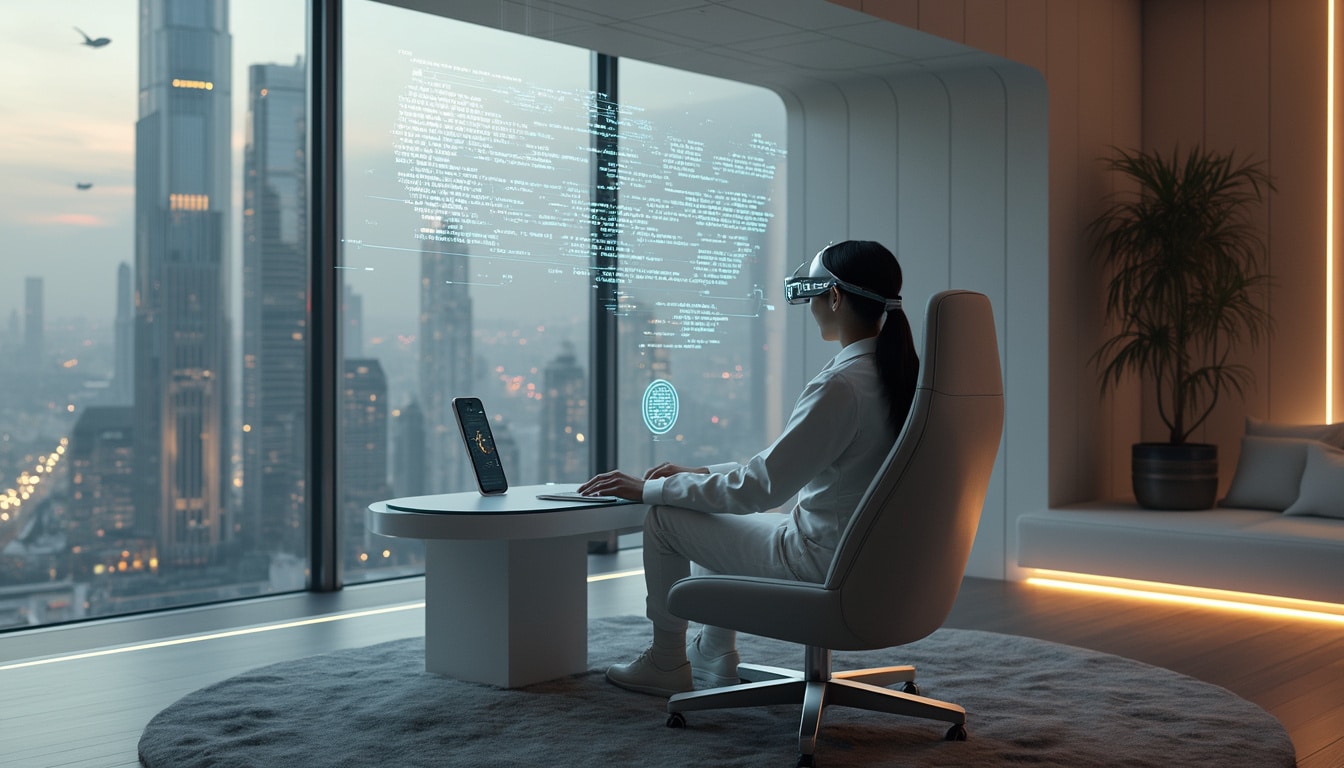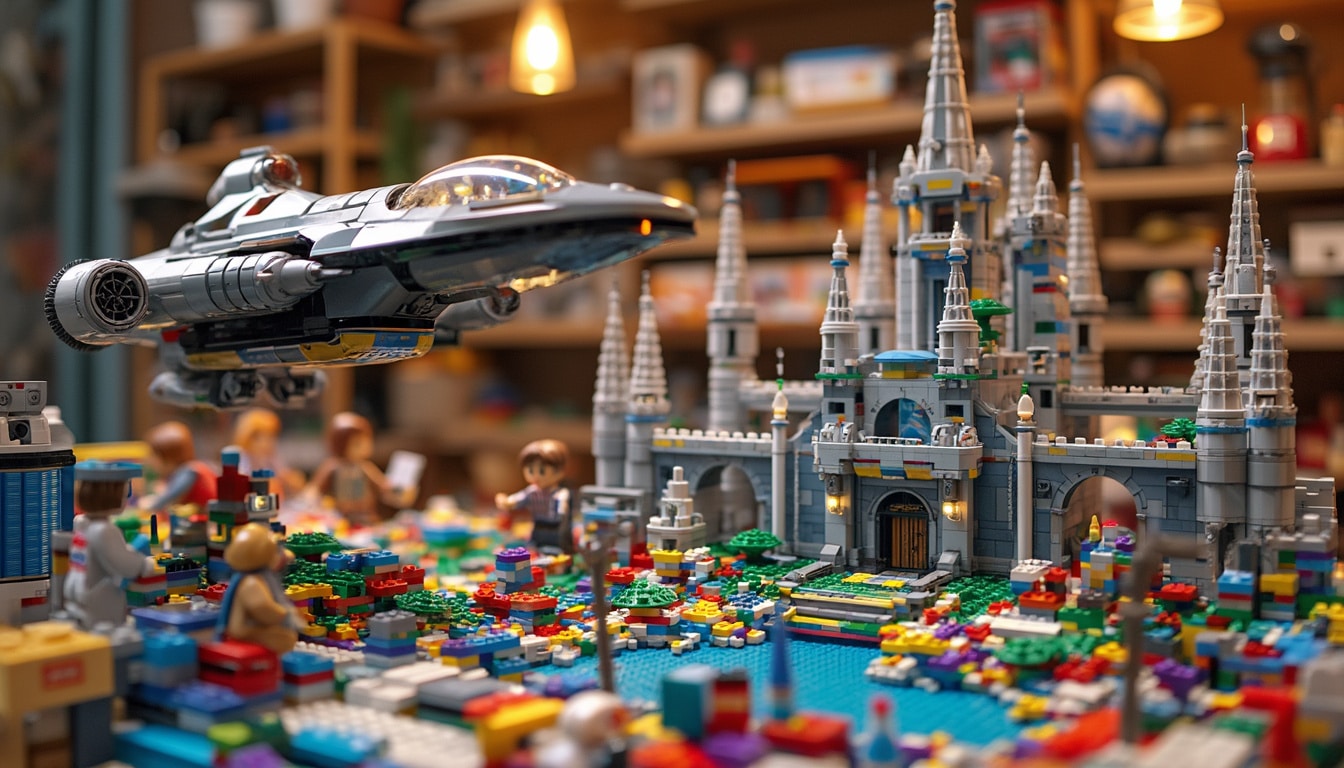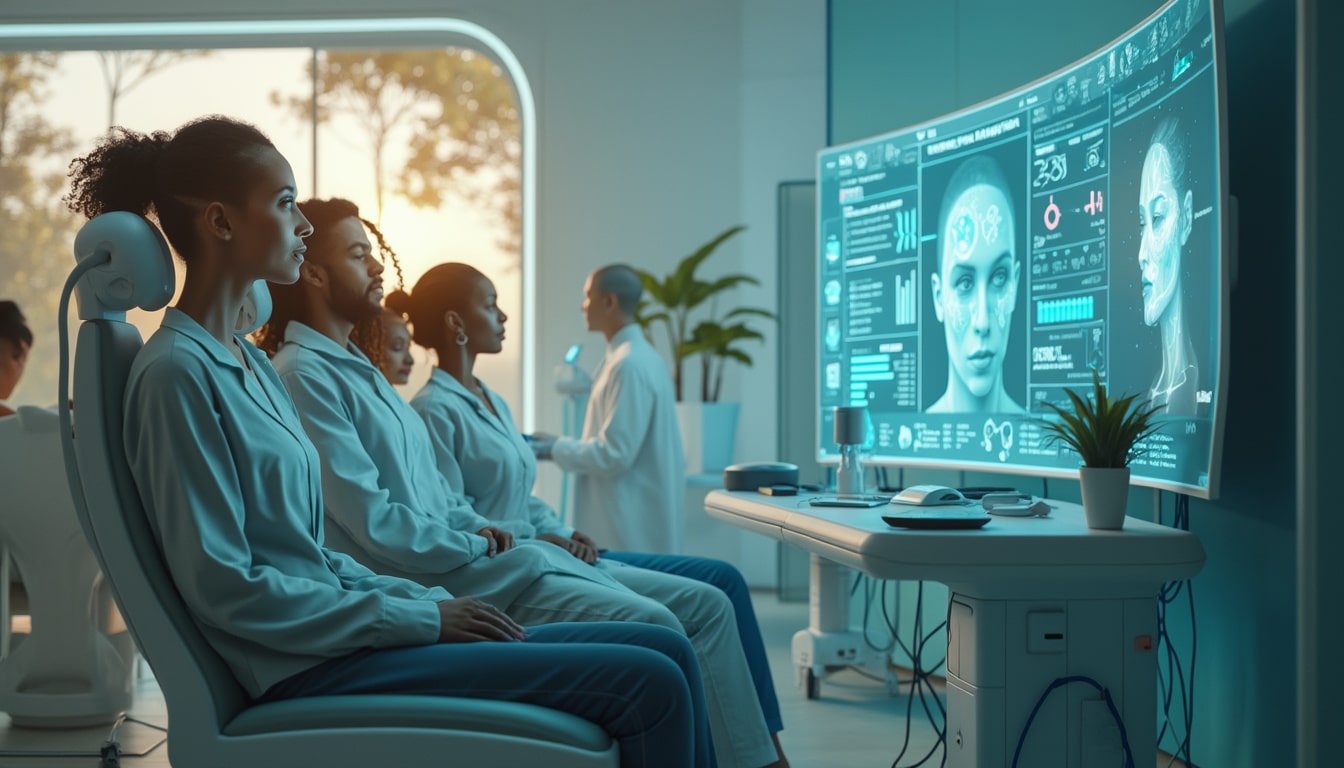In an era where technology is rapidly advancing, Microsoft is taking significant strides towards sustainability with its innovative Recyclobot. This breakthrough robot employs cutting-edge artificial intelligence and machine learning to revolutionize the way we handle electronic waste. Capable of efficiently dismantling obsolete hard drives, the Recyclobot achieves an impressive 90% recycling rate for various components, ensuring that valuable materials find a second life while minimizing environmental impact. The journey of repurposing begins here, as technology meets eco-consciousness in a remarkable display of efficiency and ingenuity.

In an exciting leap towards sustainable technology, Microsoft has unveiled its Recyclobot, a remarkable innovation that employs artificial intelligence and machine learning to transform the recycling of hard drives. This sophisticated robot has set a bold goal: to successfully recycle up to 90% of hard drive components, reducing electronic waste while salvaging valuable materials for reuse.
Table of contents
ToggleThe Power of Robotics and AI in Recycling
At the forefront of this initiative is the integration of machine learning and computer vision, enabling the Recyclobot to meticulously deconstruct hard drives. This powerful combination allows the robot to identify and separate various components with precision. By automating this process, Microsoft is increasing efficiency significantly compared to traditional recycling methods.
How Does It Work?
The inner workings of the Recyclobot are nothing short of fascinating. Once a hard drive is fed into the machine, it begins by scanning and analyzing the drive to determine its structure. The AI algorithms assess the materials, identifying which parts can be reused and which need to be destroyed. This analysis is key to achieving the impressive 90% recycling rate that Microsoft aims for.
Disassembly and Data Safety
Data safety is paramount when handling old hard drives, and the Recyclobot addresses this by ensuring that data platters are shredded beyond recovery. During the disassembly process, the robot efficiently extracts these platters, safeguarding sensitive information while facilitating material salvage. This meticulous approach not only protects user information but also sets a standard for responsible recycling practices.
Aiming for Sustainability by 2025
Microsoft has ambitious plans to advance its recycling efforts with a target to achieve a 90% reuse and recycle rate by 2025. With the Recyclobot as a pivotal component of this strategy, the tech giant is taking tangible steps towards reducing e-waste and promoting a circular economy. This forward-thinking initiative aligns with global efforts to combat environmental challenges and reimagines the lifecycle of technology.
The Future of Hard Drive Recycling
As Microsoft continues to innovate, the Recyclobot represents just the beginning. Adopting AI-driven methodologies in recycling not only enhances operational efficiency but also inspires other tech companies to follow suit. The combination of robotics, sustainability, and advanced technology paints an exciting picture for the future, where responsible disposal of electronic components becomes the norm.

❗️We dug up some interesting #intel on the suspicious "Recyclo-Bots" found throughout the terrain. Please review: https://t.co/aKRUay9VsQ
— America's Army (@AmericasArmy) February 2, 2022














